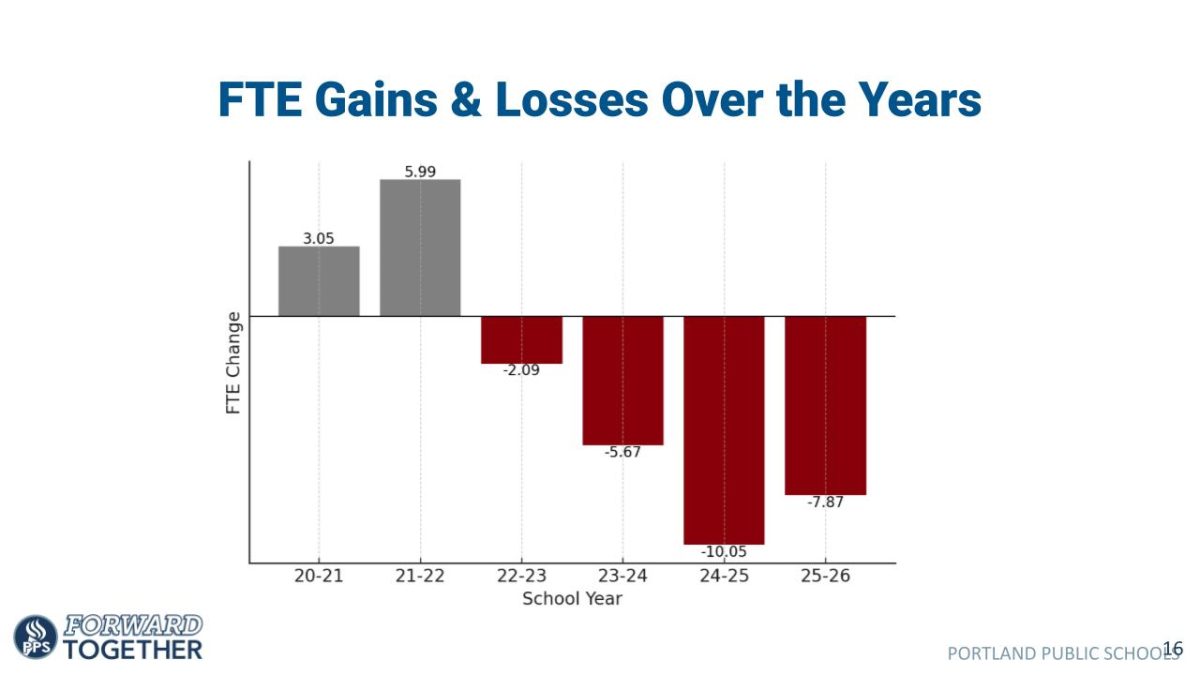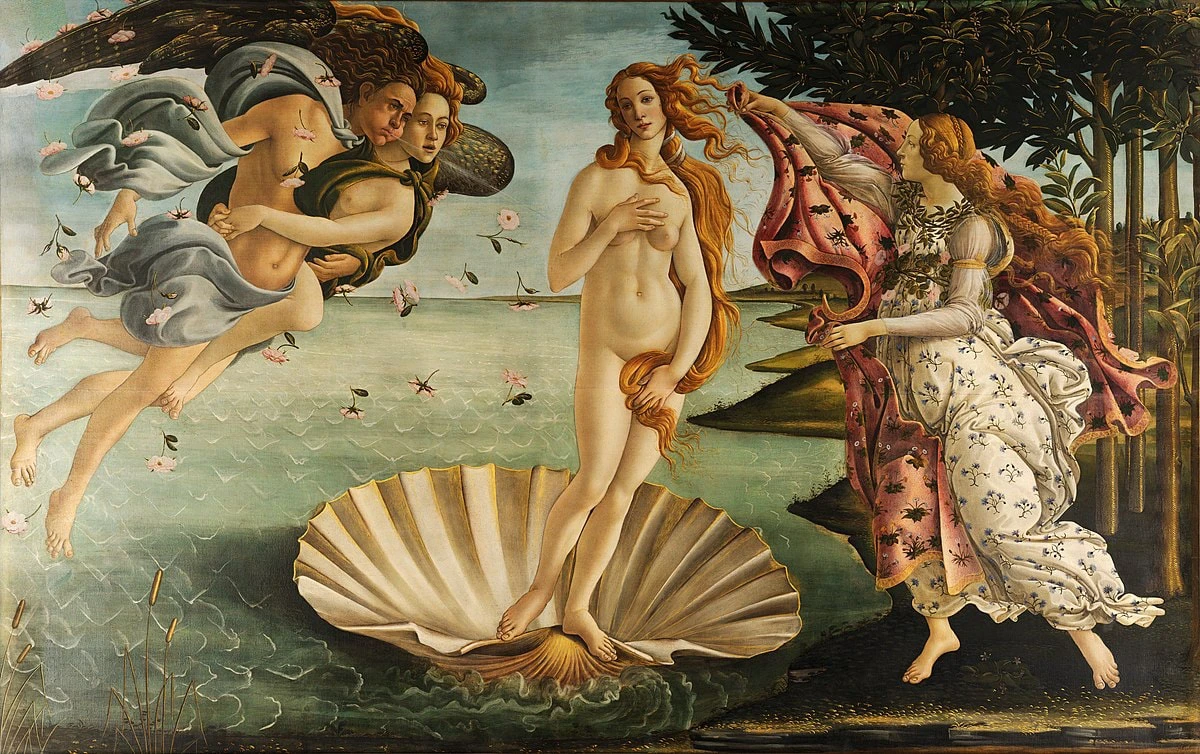
Why did the ideal body type change, and how did the popularization and commercialization of dieting come to be?
Modern Western diet culture is quite an unforgiving set of ideals that many try to conform to. How did the ideal body shape come to be, and how did we let dieting become such a large part of day to day life?
Diets can be dated back for centuries. One of the more interesting diets dates way back to the early 11th century. William the Conqueror, who had held a more slender profile for most of his life, became increasingly larger and unhealthy. Upon recognizing his state of health, William decided to go on a diet of exclusively alcohol. He lost quite a bit of weight, but shortly after his weight loss he died from an infected wound. Yet it seemed as though the diet in question was not as effective as William had hoped, because he could not fit in his coffin; with a bit of struggle he finally fit, but as they closed the door his gut burst. Gross…
Although diets were happening as early as the 11th century, William Banting kickstarted the modern diet and commercialization of dieting. In the early 1860’s when your great, great, great, great, great, great grandparents were rocking the latest fashion trends, the favorable body type was modeled for a fuller, curvier person; to have a little bit of a second chin was seen as attractive and a sign of health and wealth. When William Banting retired around 1862, he sought to lose a couple of pounds in his newfound free time; his pursuit of a slender silhouette would change society’s perspective of body type and the standard of what “healthy” is. Banting found a doctor who agreed to help him devise a weight loss plan (despite various other doctors telling him that he was in good health) to attain his ideal physique. Banting compiled notes he had taken on his progress and in 1863 he published it as a book titled “Letter of Corpulence.”
The book details all of his unsuccessful attempts at weight loss (such as fasts, diets, spa and exercise schedules) and explains his guideline to dieting success. The book states that four meals a day consisting of meats, greens, fruits, and dry wine while abstaining from foods high in sugar, starch, saccharine, beer, milk and butter is the best way to stay or become trim and slim. Banting’s book became so popular following its publication that instead of asking someone if they were on a diet, one would say “Are you banting?” or “Do you bant?” Both are phrases that are still occasionally used in reference to dieting. The restrictions defined in the book became increasingly popular, inspiring similar books and pamphlets to be published. Banting is said to be the father of dieting culture and the forerunner of the slender physique ideal.
From then on various fad diets came and went, some being effective, some not so much. In the 1970’s there was a line of prepared smoothies you could buy at the grocery store that claimed near instantaneous visible weight loss. Whether the smoothies worked or not is as unclear now as it was then. The drinks were pulled from shelves shortly after release due to several people dying from consumption and it was revealed that the smoothies were made of ground up animal horns, hooves and tail parts.
A popular “health” trend that has had a significant presence in the way diets are seen and have evolved over time is a liquid based diet, which seeks to ‘cleanse’ or ‘detox’. The popular poet Lord Byron, who lived during the late 18th and early 19th century, said that he kept his thin and pale complexion by drinking vinegar mixed with water. About a century later in 1941, health enthusiast Stanley Burroughs created the “Lemonade Diet,” based on Lord Byron’s vinegar-water habit. He stated that to reduce appetite or cravings one should create a mixture of lemon or lime juice, maple syrup, water, and cayenne pepper six times a day for a period of at least 10 days. Slightly later, around 1950, another popular dietary practice surfaced resembling Lord Byron’s regimen: drinking equal parts apple cider vinegar and honey before each meal to reduce fat cell reproduction.
There’s no doubt that we have devised many ways to lose weight, but why? When did Venus de Milo become ‘too large’ for the ideal body type? For centuries Grecian women, who were fuller figured, were considered the height of beauty. So what gives?
Ultimately there is not really one reason for why or how this happens. During the 14th and 15th centuries there were several priests who preached Christian messages including that being ‘overweight’ or having a little bit of extra something was biblically incorrect and morally wrong. They believed that gluttony was a sin and to have extra or excess weight was a sign of gluttony. Many see this as one of the main influences that promoted a slim figure. Others say that a few centuries later, during the Victorian era, the idea that women should be portrayed as frail and dainty became a popular narrative; this translated physically into having a very small waist helped by a corset, accompanied with more subtle features.
Moving into the 20th century and closer to modern day, the 1920’s came around and the flapper girl aesthetic stepped into the limelight. This promoted not only a slender figure but barely any features at all, advertising women who were flat-chested and tall with long legs. Later in 1966, supermodel Twiggy first debuted in American advertising, bringing a new thin face to American Style. Twiggy’s debut also marks when Miss America Pageant winners started to become increasingly thinner, as well as Playboy Centerfolds decreasing in their weight, further creating a new standard of physical fitness and beauty. From then on the beauty standards for women became thinner and thinner until the 1990’s when it got to the point that the advertised standard was idling at the level of clinically underweight.
Since the millennium, the diversity in body type, size and shape has increased. But who’s to say where we’ll go from here?

































